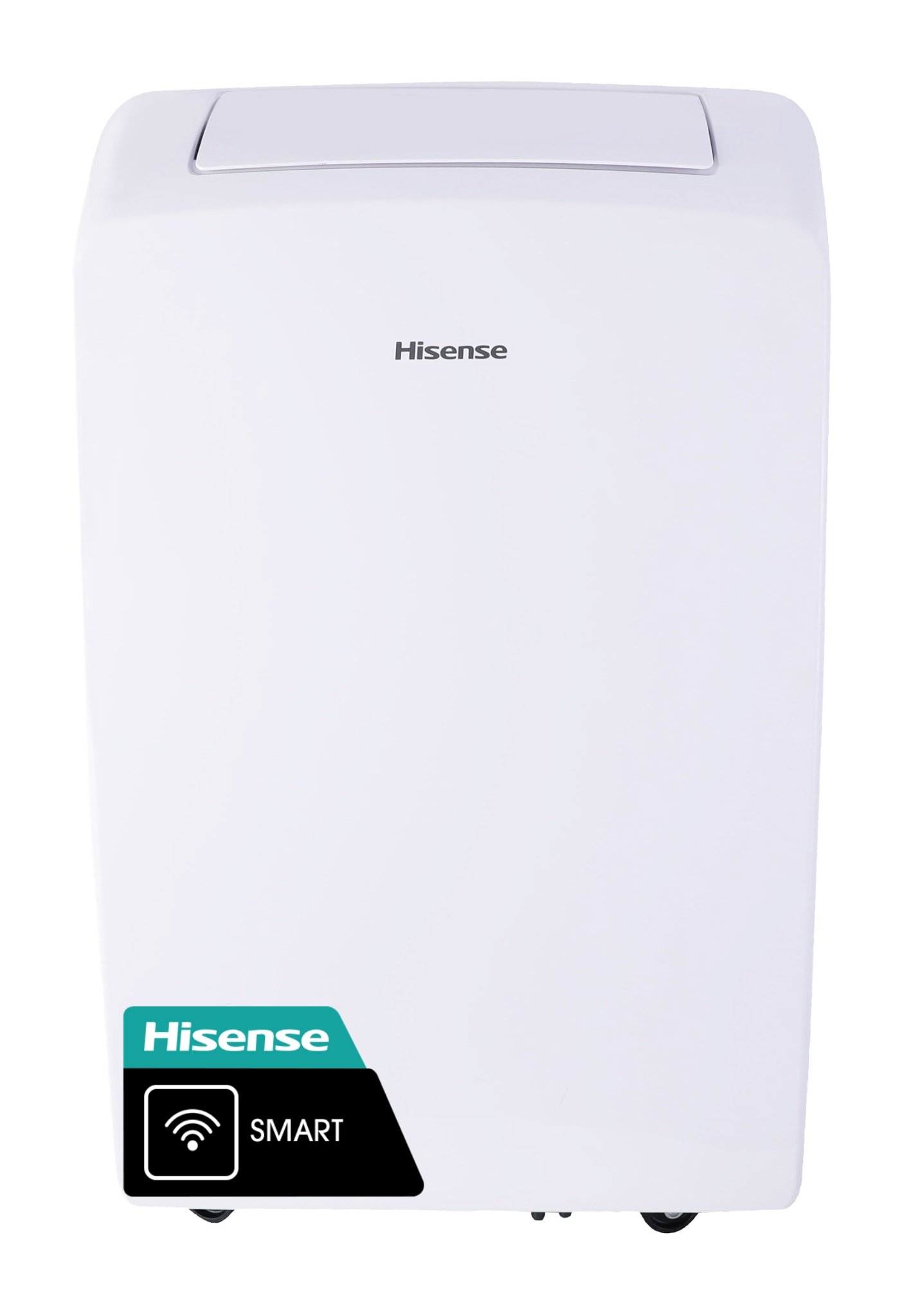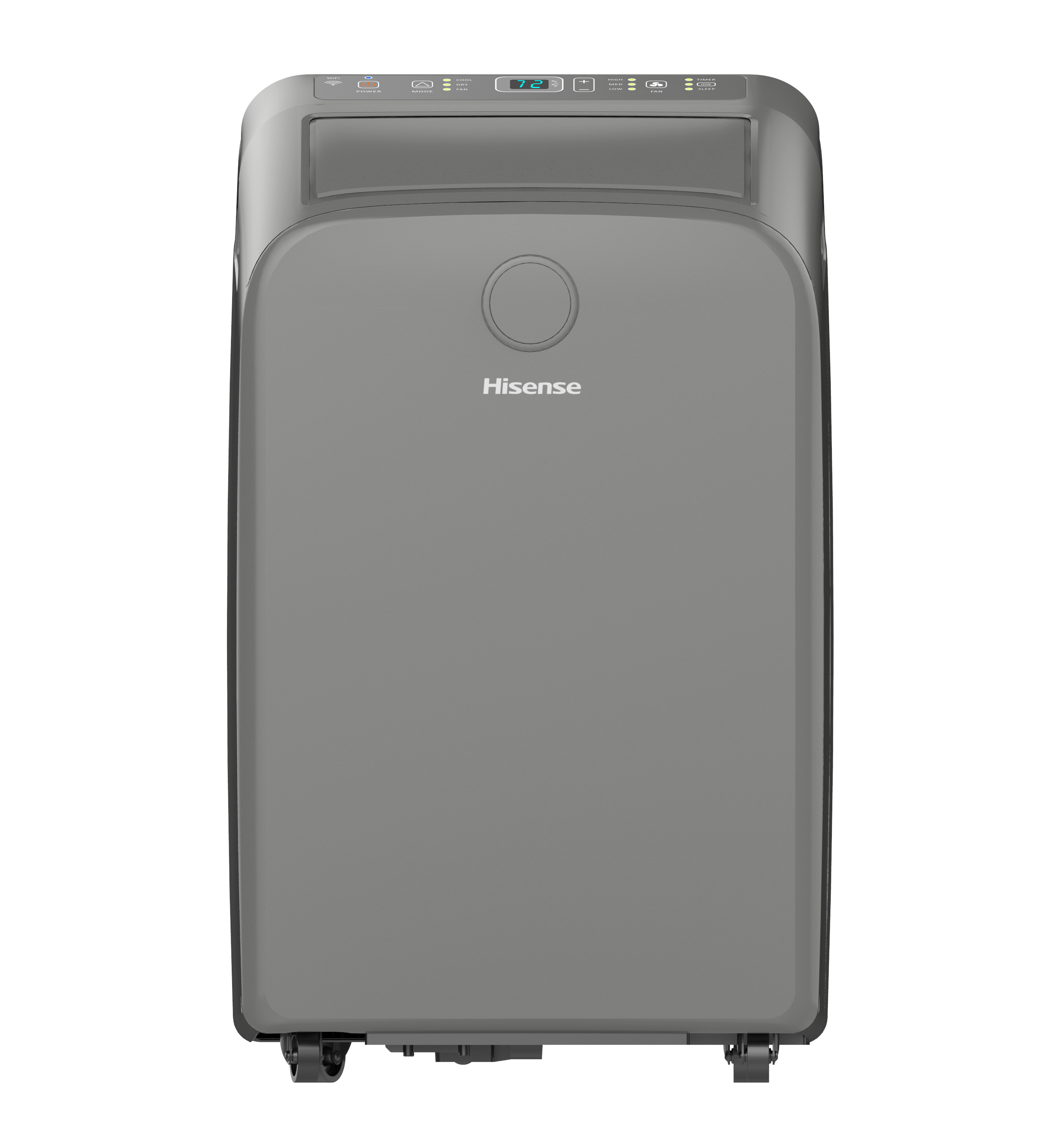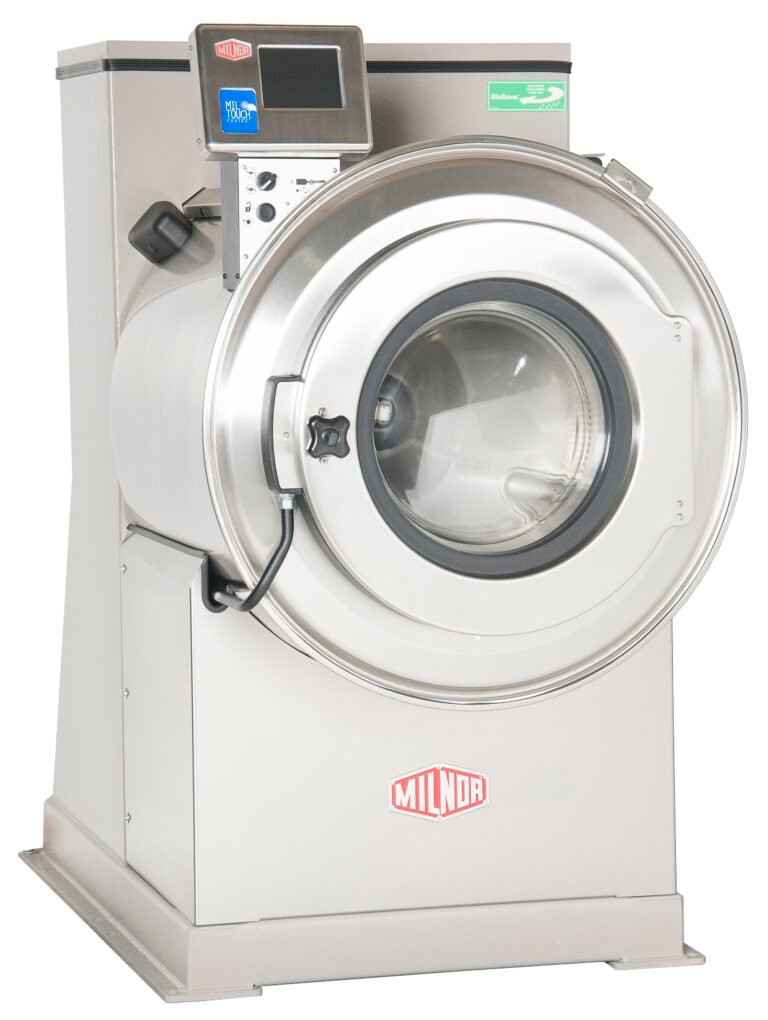
For troubleshooting your Hisense portable air conditioner, check the power source and settings for accurate temperature selection. Having a portable air conditioner can be a convenient way to cool your home or office, but sometimes issues can arise.
If you’re experiencing problems with your Hisense portable air conditioner, it’s important to understand how to troubleshoot them. This article will provide you with some simple and effective solutions to common issues you may encounter. By following these troubleshooting steps, you can quickly identify and resolve any problems with your Hisense portable air conditioner, ensuring that it continues to provide you with the cool and comfortable environment you desire.
So, let’s dive in and explore some troubleshooting techniques for your Hisense portable air conditioner.

Credit: www.lowes.com
Common Issues With Hisense Portable Air Conditioners
Hisense portable air conditioners are a popular choice for maintaining cool and comfortable indoor temperatures. However, like any electrical appliance, they can encounter certain issues over time. In this section, we will explore the most common problems that users may face with Hisense portable air conditioners. Understanding these issues and their troubleshooting solutions can help you get the most out of your device and ensure that it continues to function effectively.
Power And Connectivity Issues
One of the most frustrating problems you may encounter with your Hisense portable air conditioner is power and connectivity issues. To help you overcome these obstacles, let’s take a closer look at the potential causes and their possible solutions:
- Faulty Power Connection: If your air conditioner fails to turn on, ensure that it is properly plugged into a functioning power outlet. Also, check the power cord for any signs of damage or loose connections. If there is an issue with the power connection, try plugging the unit into a different outlet or use a different power cord.
- Inadequate Power Supply: Hisense portable air conditioners require a steady power supply to operate smoothly. Ensure that the power source can handle the voltage requirements of the unit. If you have multiple devices connected to the same circuit, try disconnecting some of them to reduce the load.
- Wi-Fi Connectivity Problems: Many Hisense portable air conditioners come with built-in Wi-Fi connectivity features. If you are experiencing difficulties connecting your device to the internet, check if your Wi-Fi network is functioning properly. Ensure that your air conditioner is within the range of the Wi-Fi signal and that the password entered is correct. If the problem persists, try resetting the Wi-Fi settings on your unit.
Temperature Control Issues
Accurate temperature control is crucial for a comfortable indoor environment. If you are facing temperature control issues with your Hisense portable air conditioner, consider the following troubleshooting steps:
- Inadequate Cooling: Ensure that the air filter is clean and free from any blockages. A dirty air filter can hinder the airflow, reducing the cooling efficiency of the unit. Regularly cleaning or replacing the air filter can improve the cooling performance.
- Temperature Sensor Malfunction: If your air conditioner is not maintaining the desired temperature, the temperature sensor may be at fault. Check if the sensor is clean and positioned correctly. Additionally, avoid placing objects in front of the sensor as it can affect accurate temperature detection.
- Incorrect Thermostat Settings: Double-check the thermostat settings on your Hisense portable air conditioner. Ensure that it is set to the desired temperature and cooling mode. Sometimes, small operational errors can cause temperature control issues.
Water Leakage Issues
Water leakage from your Hisense portable air conditioner can be a sign of a problem that requires immediate attention. Follow these troubleshooting steps to address the issue:
| Possible Causes | Solutions |
|---|---|
| Blocked Drainage System: A clogged drainage system can cause water to accumulate and eventually leak from the unit. | Clean the drainage system using a soft brush or cloth to remove any debris or blockages. Ensure that the drainage hose is properly connected and not kinked. |
| Condensate Pan Overflow: If the condensate pan overflows, it can result in water leakage. | Check the condensate pan for any cracks or damage. If necessary, replace the pan. Additionally, ensure that the pan is level and properly positioned. |
| Excessive Humidity: High humidity levels can cause condensation and water leakage. | Consider using a dehumidifier in conjunction with your air conditioner to reduce excessive moisture in the air. This can help prevent condensation and subsequent water leakage. |
By troubleshooting these common issues associated with Hisense portable air conditioners, you can ensure optimal performance and prolong the lifespan of your unit. However, if the problems persist or seem beyond your troubleshooting capabilities, it is recommended to consult a professional technician or contact the Hisense customer support for further assistance.

Credit: www.youtube.com
Troubleshooting Hisense Portable Air Conditioners
Portable air conditioners are a convenient way to stay cool during the hot summer months, and Hisense portable air conditioners are known for their performance and reliability. However, like any electrical appliance, they may encounter issues from time to time. In this article, we will discuss some common troubleshooting techniques for Hisense portable air conditioners. Whether you are facing power and connectivity issues, temperature control problems, or water leakage, this guide will help you identify the problem and find a solution.
Power And Connectivity Issues
Power and connectivity issues can hinder the proper functioning of your Hisense portable air conditioner. If you are encountering such problems, consider the following:
- Make sure that the power cord is securely plugged into a working electrical outlet. Check if the outlet itself is functional by testing it with another device.
- Inspect the power cord for any damage such as cuts or fraying. A damaged cord may lead to intermittent power supply or a complete power failure.
- If the unit is not turning on, check the control panel for any error codes or indicators. Refer to the user manual to understand the meaning of these codes and take appropriate action.
- Ensure that the unit is within range of the home Wi-Fi network if you are using a smart air conditioner. Weak or unstable Wi-Fi signals can result in connectivity issues. Restarting your router or moving the unit closer to the router may resolve the problem.
Temperature Control Issues
Temperature control issues can make your indoor environment uncomfortable. If you find that your Hisense portable air conditioner is not cooling or heating properly, follow these troubleshooting steps:
- Check the selected temperature setting on the control panel. Make sure it is set to your desired level.
- Inspect the air filters for dirt or obstructions. Clogged filters can restrict airflow and affect the cooling or heating efficiency of the unit. Clean or replace the filters if necessary.
- Verify that the exhaust hose is properly installed and not kinked or blocked. Any restrictions in the exhaust airflow can impact the performance of the unit.
- Ensure that the room size is within the recommended capacity of the air conditioner. If the room is too large for the unit, it may struggle to cool or heat effectively.
Water Leakage Issues
Water leakage can be a common problem in portable air conditioners, including Hisense models. If you notice water leaking from your unit, consider the following troubleshooting steps:
- Check the drainage system, including the drain pan and drain hose, for any blockages or clogs. Clean the drain pan and remove any debris that might be causing the obstruction.
- Make sure that the unit is properly tilted for condensation drainage. Hisense portable air conditioners are designed to be slightly tilted backward to facilitate water drainage. Adjust the unit’s position if needed.
- Inspect the seals and gaskets around the unit for any signs of damage or wear. Faulty seals can result in water leakage. Replace any damaged seals or gaskets.
- If you live in a humid environment, excessive condensation can occur. Consider using a dehumidifier alongside your portable air conditioner to reduce moisture levels.
By following these troubleshooting techniques, you can often resolve common issues with your Hisense portable air conditioner. However, if the problem persists or you are unsure about any repairs, it is recommended to contact a professional technician or the Hisense customer support for further assistance.

Credit: www.hisense-usa.com
Frequently Asked Questions Of Hisense Portable Air Conditioner Troubleshooting
How Do I Troubleshoot My Hisense Portable Air Conditioner?
To troubleshoot your Hisense Portable Air Conditioner, start by checking if the unit is properly plugged in and the power is on. Ensure that the filters are clean and not blocked. Additionally, make sure the temperature is set correctly and that the remote control has working batteries.
If the issue persists, consult the user manual or contact Hisense customer support.
Why Is My Hisense Portable Air Conditioner Not Cooling?
If your Hisense Portable Air Conditioner is not cooling, there could be several reasons. Check if the air filters are clean, as dirty filters can restrict airflow and reduce cooling efficiency. Additionally, ensure that all windows and doors are closed, and there are no obstructions around the unit.
If the problem persists, it may indicate a more significant issue and require professional inspection and repair.
How Can I Fix The Water Leak In My Hisense Portable Air Conditioner?
To fix a water leak in your Hisense Portable Air Conditioner, start by ensuring that the unit is positioned levelly and the drain hole is not blocked. Clean the water collection tank and remove any debris. If the unit has a condensate drain, inspect it for clogs or obstructions and clear them if necessary.
If the issue continues, seek professional assistance.
Conclusion
If you’re facing issues with your Hisense portable air conditioner, troubleshooting doesn’t have to be a hassle. By following these simple steps, you can easily identify and resolve common problems. Whether it’s a malfunctioning remote control or insufficient cooling, understanding the troubleshooting process will help you enjoy the full benefits of your device.
Keep these tips in mind to maintain optimal performance and keep your space cool and comfortable all year round.






